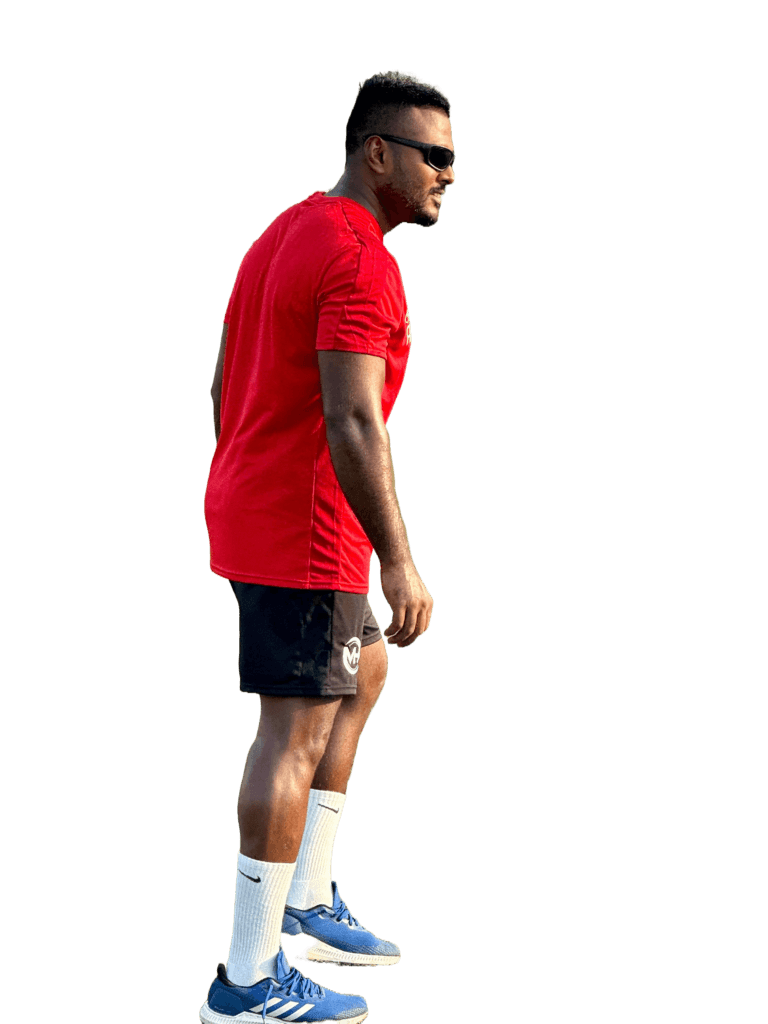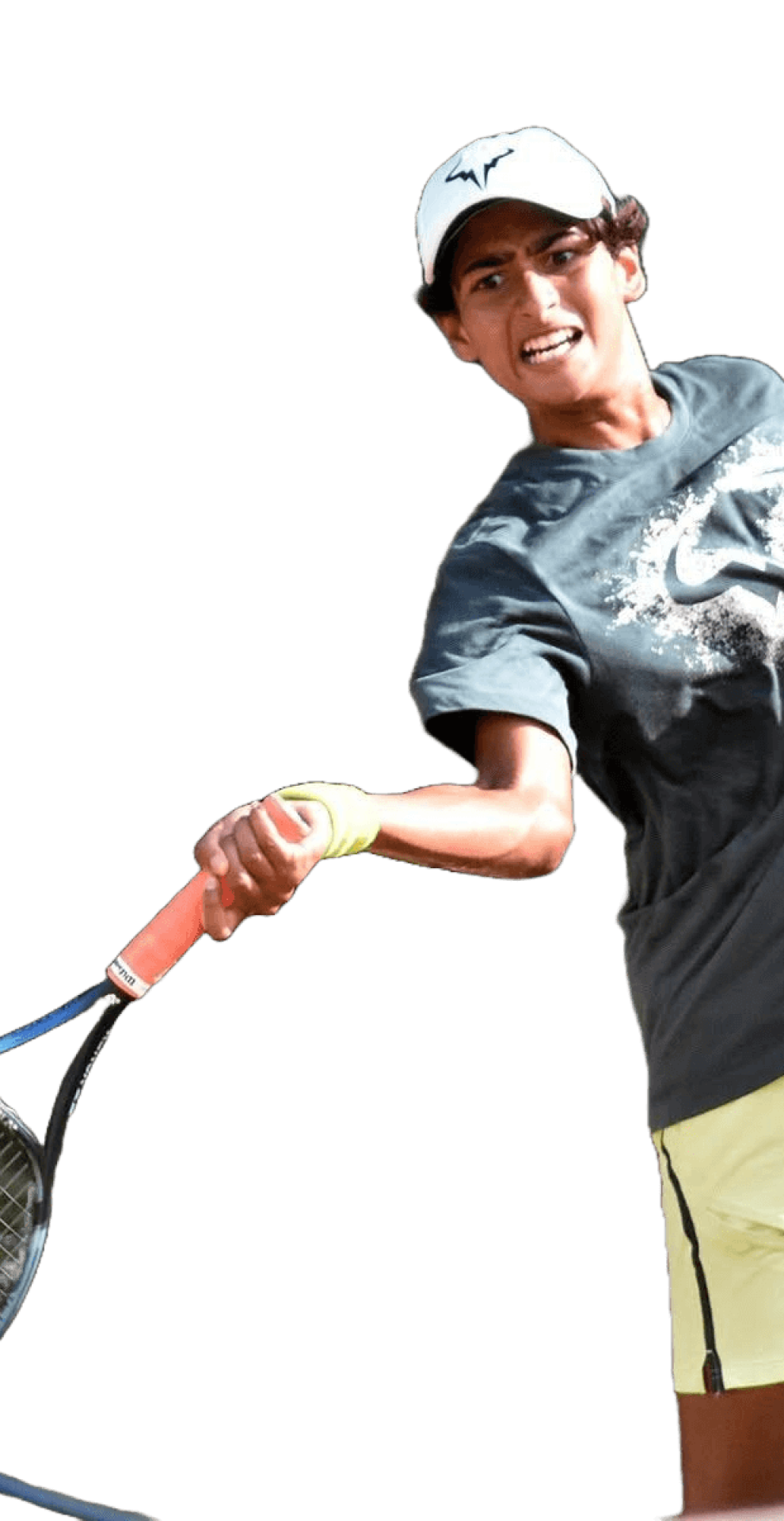Why Footwork is Crucial in Tennis: Insights from Coach Ashan, Strength and Conditioning Expert
Footwork is the cornerstone of every elite tennis player’s success. Whether chasing down a dropshot or recovering to the baseline after a powerful forehand, efficient movement on the court begins and ends with great footwork. However, developing this skill isn’t always straightforward, especially for young athletes. As Coach Ashan, a seasoned strength and conditioning expert, I often encounter concerns from parents and coaches about their players’ “poor footwork,” slow reactions, or lack of coordination. While these issues are valid, they are also part of a young athlete’s natural developmental journey. Let’s explore why footwork matters and how we can scientifically and systematically improve it.

Why Footwork Challenges Are Common in Young Tennis Players
Developing strong and agile footwork is a process influenced by several factors:
- Physical Development
Children and adolescents are still growing. Their bones, muscles, and connective tissues are in a constant state of adaptation, which can lead to temporary coordination challenges.
- Insufficient Training Intensity
Some young players don’t train with the intensity required to develop the quick reflexes and footspeed needed for high-level tennis.
- Mental Focus and Discipline
Footwork starts with the mind. Many young players haven’t yet developed the mental focus required for disciplined, deliberate movement on the court.
- Natural Laziness
It’s common for young players to feel less motivated during physically demanding tasks. It’s the coach’s role to guide and inspire them through these phases.
Key Components of Tennis Footwork
Improving footwork requires attention to two primary elements:
- Footspeed
The speed at which a player can move their feet and legs during tennis-specific actions.
- Coordination
The brain’s ability to communicate effectively with muscles to produce efficient and precise movement patterns.

In essence, coordination determines the upper limit of footspeed. If the neuromuscular system isn’t firing efficiently, players cannot reach their full speed potential.
Scientific Approach to Enhancing Footwork
At the heart of footwork improvement is high-intensity, near-threshold training. This involves placing players in situations where they operate at the edge of their control. These moments of “just hanging on” are when the brain and body adapt most rapidly.
When players are exposed to such challenges, their neuromuscular communication improves, resulting in faster reflexes, better coordination, and enhanced footspeed.
Benefits of Improved Footwork
- For Older Athletes:
o Develop small, controlled steps.
o Enhance deceleration and acceleration abilities.
o Improve first-step quickness.
- For Younger Athletes:
o Establish a positive mindset toward movement.
o Enhance brain-body communication for faster reactions.
- For Advanced Players:
o Fine-tune recovery and preparation steps.
o Boost agility and court coverage.

Tennis-Specific Footwork Drills
Here are some drills I recommend to improve both footspeed and coordination. Follow a circuit format for these exercises:
- Duration: 10 seconds of work, 10 seconds of rest.
- Sets: Perform 4 sets of each drill.
- Rest: Take a 1-minute break between circuits.
Drill Tips:
- Speed: Push your limits without losing control.
- Consistency: Stick to the time intervals to build discipline.
- Tracking Progress: Count reps and aim to beat your personal best.
- Focus on Weaknesses: Pay extra attention to weaker sides for balanced development.
- Posture: Maintain correct posture throughout each drill.
- Mindset: Think “quick” and move with intent.
- Intensity: Commit 100% effort to each movement.
Example Drills:
- Split Step Reactions: Start in a ready position and react to a coach’s directional cues.
- Lateral Shuffle Drills: Move side-to-side as quickly as possible while maintaining posture.
- Crossover Steps: Mimic recovery movements to return to the center of the court.
- Forward and Backward Sprints: Focus on accelerating forward and decelerating into controlled steps.
The Role of Coach Ashan in Footwork Development
As a strength and conditioning coach with years of experience training elite tennis players, I emphasize personalized approaches. Every athlete is unique, and their footwork training must reflect their individual strengths, weaknesses, and developmental stage
At my academy, I integrate scientifically designed programs that focus on enhancing neuromuscular coordination and maximizing footspeed. My methods are not only rooted in research but also tailored to suit the practical needs of players ranging from beginners to professionals.

Final Thoughts
Good footwork is a journey, not a destination. It requires a combination of mental focus, physical training, and consistent effort. While challenges like slow reactions or poor coordination are common, they are opportunities for growth. With the right guidance, young athletes can transform their footwork and elevate their game.
If you’re looking for expert training to enhance your or your child’s tennis performance, visit Ashan Fitness Academy and discover how my strength and conditioning programs can help you achieve your goals.
Coach Ashan
Strength and Conditioning Specialist

